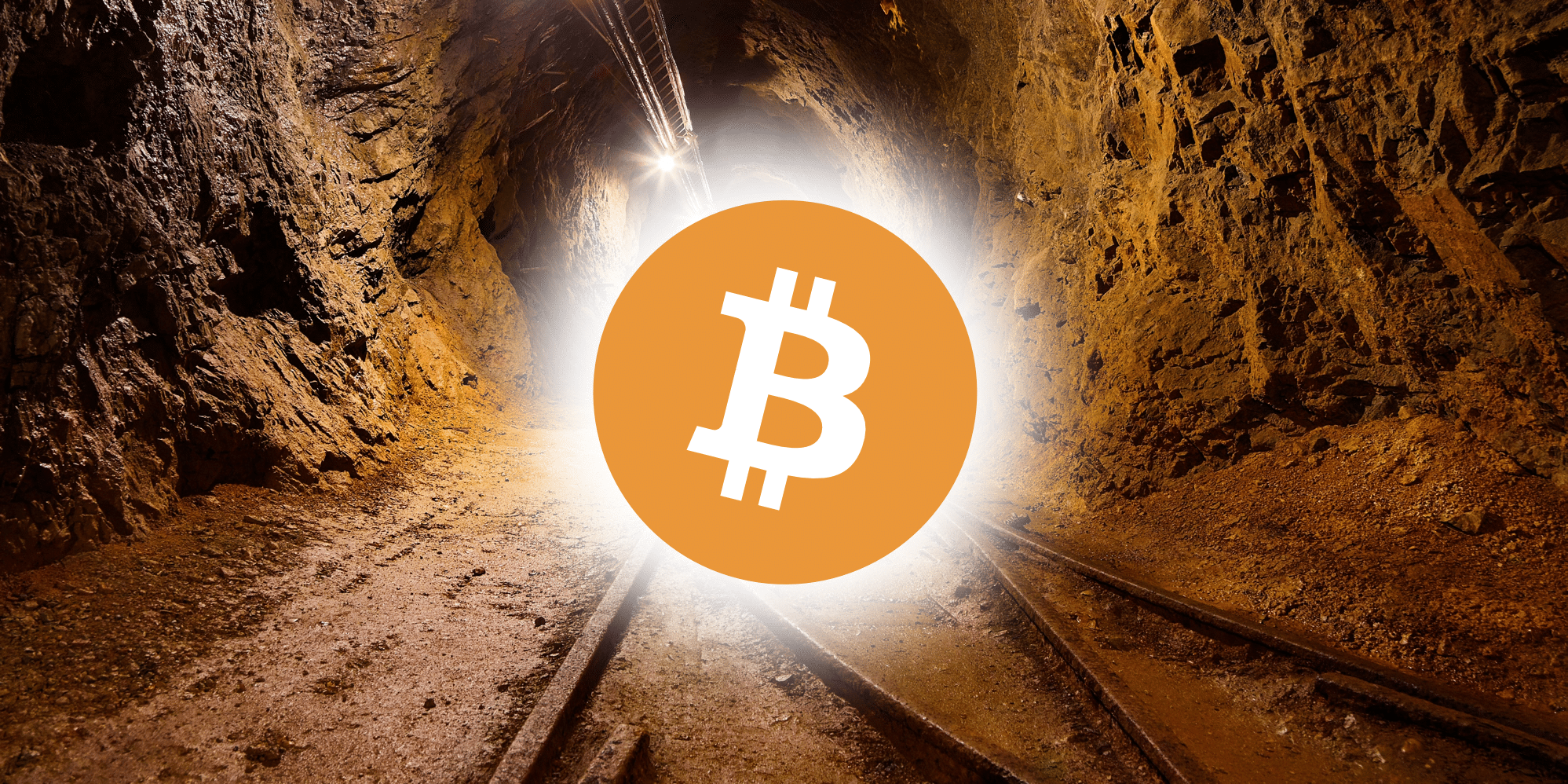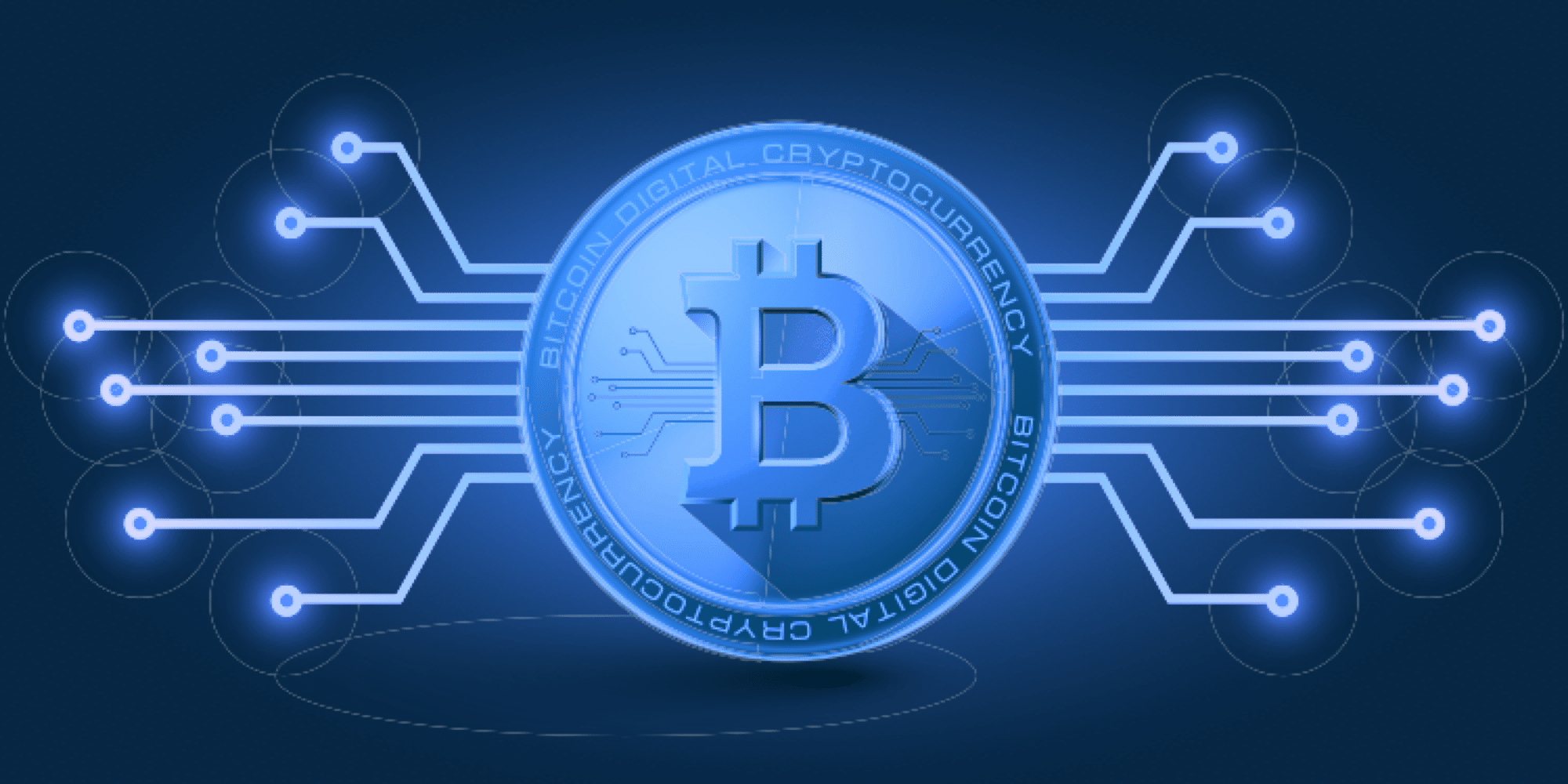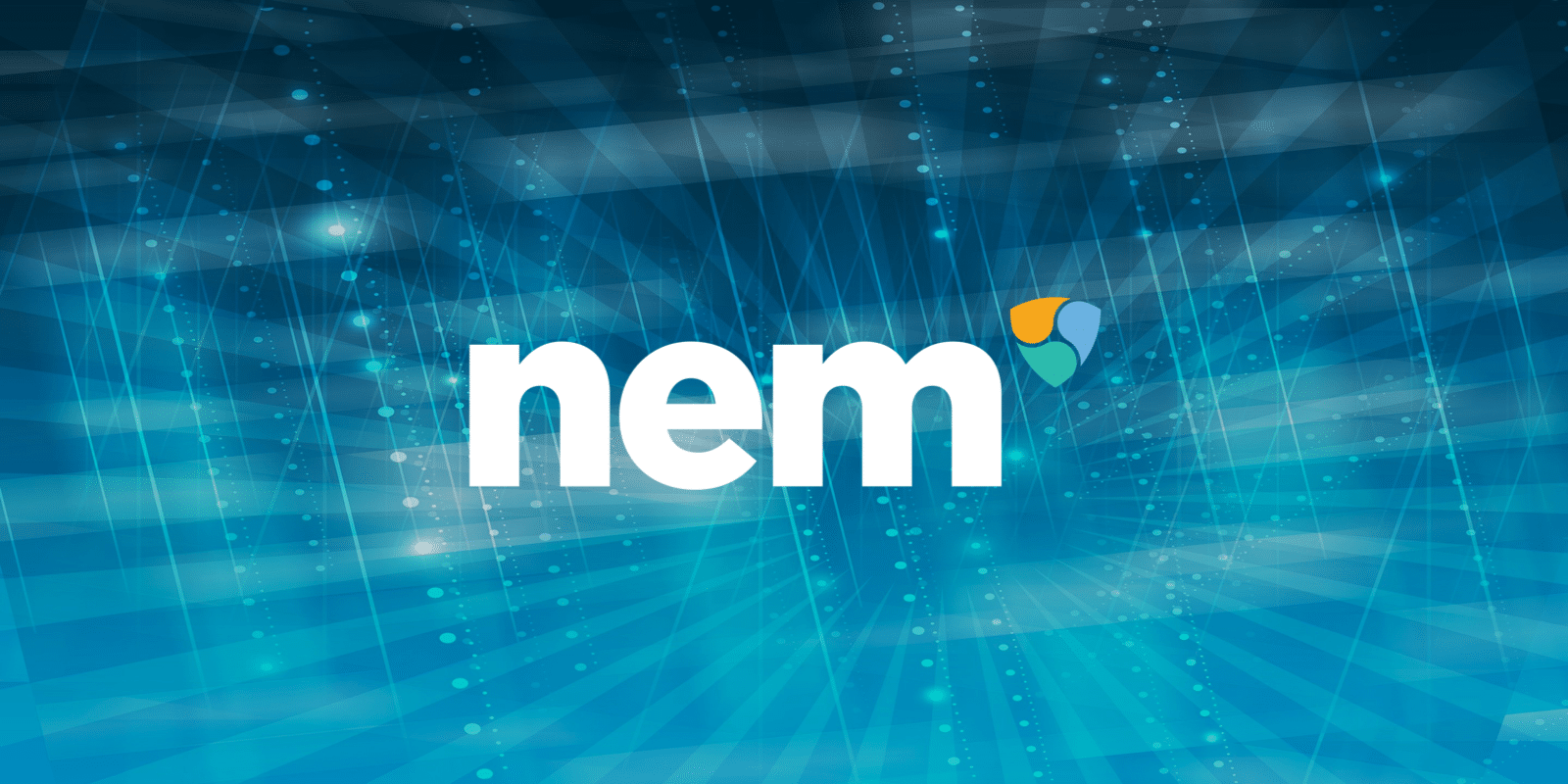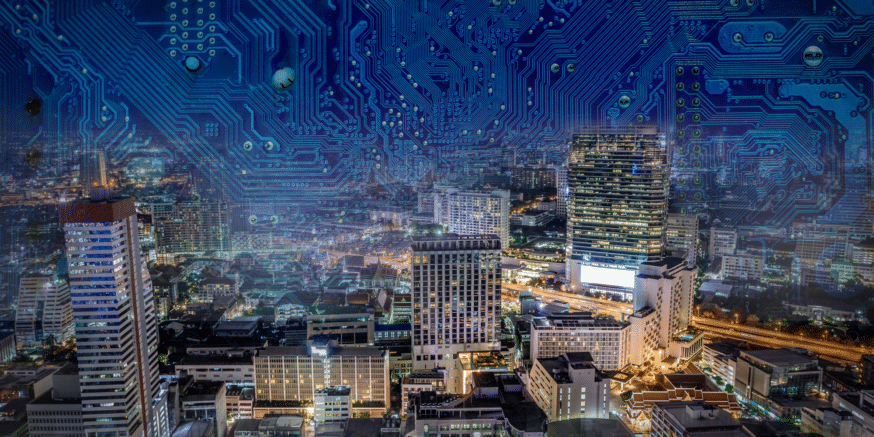- Step One: Ownerless Formation
- Step Two: Robotic Automation
- Step Three: Artificial Intelligence (AI) Delegation
- A Brave New World?
Almost every industry now is utilizing blockchain technology to improve its processes and become more efficient. However, there’s still one bottleneck that every employee, middle manager, and executive deals with on a daily basis: sweet, sweet bureaucracy. How effective can a business really be if most decisions need four levels of approval before you can take action?
Ownerless businesses may seem like a bad storyline from a Sci-Fi movie, but we’re actually closer to this reality than it seems. Let’s build a business from the ground up and see exactly how we get there.
Step One: Ownerless Formation
To form our ownerless business, we’re going to set up a decentralized autonomous organization (DAO) using smart contracts on the Ethereum network. Before moving on, though, we should define a few of those terms.
A smart contract is a piece of computing programming that executes automatically when certain conditions are met. These can be as simple as “Jan pays Bob $10 each day it rains in Chicago,” where the smart contract pulls data from a weather service. Or, you can string together multiple smart contracts to create complex legal documents like land registry and business ownership. We’re doing the latter.
Simply put, a DAO is a decentralized model for businesses. It’s comprised of smart contracts governing how the business should operate. All of a DAO’s business decisions and financial actions are recorded on a public, immutable blockchain. Each participant (token holder) in a DAO gets a vote on how the company is run. There’s no single leader.
Now that we’ve created our DAO with some simple business rules, it’s time to host an initial coin offering (ICO). We’ll name our coin Ownerless Business Token – OBT for short. Investors buy OBT tokens in the ICO so they can have a say in company actions and receive compensation according to the rules of the original smart contracts.
As an investor, your ownership is almost completely liquid. You can sell your OBT at any time on the open market to relinquish your votes and stake in the company. This is vastly different than the oftentimes illiquid equity you find in private companies.
After the ICO, our DAO runs a few polls to determine what type of business we’re running and how certain roles will receive compensation. For the sake of this example, let’s assume we voted on an e-commerce platform for shoes.
Step Two: Robotic Automation
We’re already running an ownerless business, but why stop there? The world is moving towards automation, and so should we. Additional smart contracts through the DAO voting structure determine the majority of our business decisions, but operations still require significant human interaction. On a daily basis, we need a labor force to receive shipments, store inventory, package shoes, make deliveries, etc…
With the advancement of the Internet of Things (IoT), this doesn’t need to be the case. We can automate every step of the process, from when the customer orders to when they receive their product, and integrate it all with our smart contract system. With automation, a typical order goes something like this:
- Order Generated. A customer orders a pair of shoes. In doing so, they enter into a smart contract that states, “When I (the customer) receive my shoes, send payment from myself to Ownerless Business.”
- Order Received. Our shoe warehouse receives the order and prepares the shoes for shipment. After some initial set-up, a fleet of robotics can control this entire process. It may seem far-fetched, but Amazon has already been using robots in their warehouses for a few years now. At each step of the process, a machine monitors the status of the customer’s shoes and records the status on, you guessed it, our blockchain.
- Product Shipped. Because the shoes are recorded on the blockchain, our customer can confidently check the status of his order at any time. Once packaged, our warehouse robotics team sends the shoes out for shipping. For further destinations, an autonomous truck would carry the shoes. For closer ones, a drone suffices. Luckily, in this example, our customer is just a mile away.
- Product Received. Using GPS coordinates for the address, the drone autonomously flies the package to our customer’s location and drops off the shoes. Upon successful delivery, the smart contract executes and we receive payment from our customer.
Step Three: Artificial Intelligence (AI) Delegation
Now, our business is ownerless, and we’ve automated our operations, but there’s still room for improvement. Let’s remove the final human factors from this business, and delegate the rest of the tasks to our AI underlings. Roles involving marketing, business strategy, and advertising have historically been human-centric, but even this is changing.
Blockchain projects like DeepBrain Chain and SingularityNET are working towards making AI more accessible and more intelligent. Both projects are creating a supercomputer network capable of complex analytics and intensive deep learning. Marketers and business leaders alike are already incorporating this type of data deep dive into their operations, and adoption is showing no signs of slowing down.
Integrating with one of the previously stated projects provides the opportunity to automate almost all of our business strategy processes over time. Marketing, finance, process improvement – all done through machine learning and artificial intelligence.
Already, this new technology has proven to be more effective than human analysis in several financial sectors. And, there’s no reason why this shouldn’t carry true for other practices.
With that final piece, we’ve expanded beyond an ownerless business to a truly humanless company.
A Brave New World?
Now, this is clearly an extreme example. We’ll probably never live in a world completely operated by artificially intelligent machines. We still need human thinking to create innovative and creative ideas. But, it is reasonable to believe that some simple, ownerless businesses will exist.
Imagine efficient, worldwide food delivery at the cheapest prices because, as a business with no owners, there’s no need to force profit. The business just needs to make enough to stay afloat. When you take a look at how this can be applied to providing basic human necessities, the implications are pretty amazing.
[thrive_leads id=’5219′]
Never Miss Another Opportunity! Get hand selected news & info from our Crypto Experts so you can make educated, informed decisions that directly affect your crypto profits. Subscribe to CoinCentral free newsletter now.










